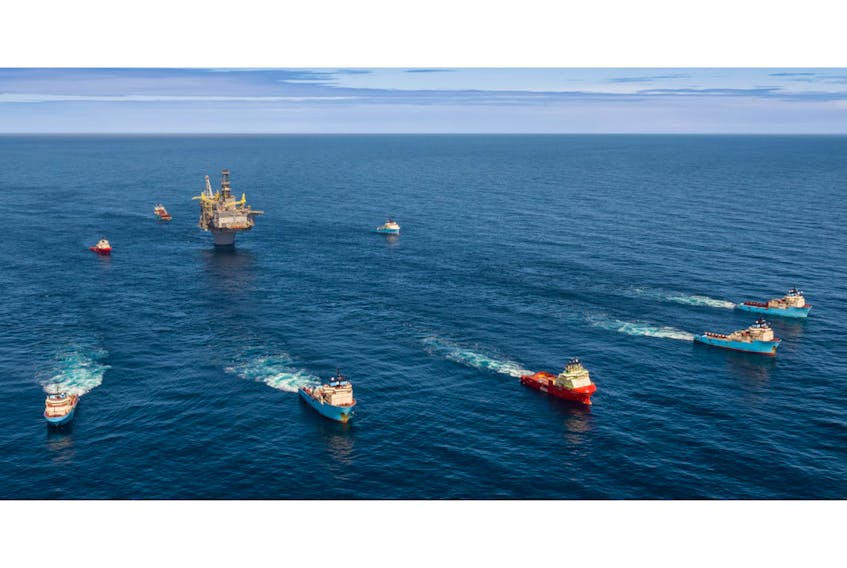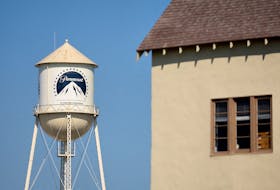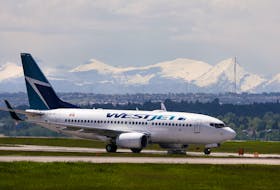ST. JOHN'S, N.L. — A newly-released study exploring the socio-economic impact of the offshore petroleum industry over a three-year period from 2015-17 offers a clear snapshot of how much it contributes to Newfoundland and Labrador’s prosperity.
But while the numbers remain big, they’re also in decline when assessing both the direct and indirect impact the industry is having on the province.
Funded by Petroleum Research Newfoundland and Labrador (PRNL), a non-profit organization supported by big oil companies operating in the province, the study confirms the industry is still an essential element to gross domestic profit. From 2015-17, its average share of the provincial GDP was 23.2 per cent annually ($6.7 billion on average). That figure is down considerably though from the five preceding years, when its share of the total GDP always exceeded 30 per cent. The average from 2010-17 was 29.7 per cent.
In most respects, figures were trending downward from 2015 to 2017. Indirect employment linked to the industry in 2015 was 31,700, but by 2017 it had fallen to 14,600. That total was the lowest employment level since 2011.
On the direct side of economic impacts, total capital spending peaked in 2014 at over $5.3 billion, but has fallen each year since then. In 2017, capital costs were down to $2.3 billion. Employment in person years was also down from 2015 to 2017 (8,922 to 5,359), as was the value of wages salaries and employment benefits ($1.03 billion to $623,800 million).
"It’s quite clear from the report that what we’re talking about is an industry in Newfoundland which is now in and off Newfoundland." — Mark Shrimpton, Stantec Consulting
The big reason these numbers trended downward, according to the report principal author Mark Shrimpton from Stantec Consulting, was the completion of the Hebron platform construction project.
“A lot of people worked on that, so from a construction phase point of view, it was a period of decline,” he said, noting too work is underway on the next big construction project in Newfoundland and Labrador —the West White Rose wellhead platform in Argentia.
However, Shrimpton believes the ongoing production activity is more significant to the economy than construction work, as it builds careers in an industry.
“It’s quite clear from the report that what we’re talking about is an industry in Newfoundland which is now in and off Newfoundland,” he said.
The oil industry’s presence, while inextricably important to overall employment and the province’s GDP, has also helped diversify the local economy. Shrimpton noted there are multiple examples of local companies that got involved in the oil and gas sector as contractors and gone on to innovate in ways that make their services desirable to clients in other industries. The report includes examples of such companies.
“Local companies have had the opportunity to get involved with it, they have generally done well, and by doing that they’ve developed capabilities and capacities which will allow them to say, ‘Well, if we can do this for the oil industry locally, we can do it for the oil industry elsewhere, and if we can do this for the oil industry, maybe there are other industries we can do this for.’”
Looking ahead to the future, Shrimpton points to the price of oil as a variable of particular importance. For the government of Newfoundland and Labrador, fluctuations in oil and gas royalties can mean the difference between running a deficit and delivering a balanced budget. Shrimpton noted too Equinor will not make a final investment decision on developing Bay du Nord until it knows doing so is economically feasible, with the price of oil a pivotal factor there.
Highlights from the study:
- Almost $2.5 billion in oil royalties paid to province (2015-17).
- Hibernia produced its one-billionth barrel of oil in 2016.
- Concrete gravity structure of West White Rose under construction in Argenita; first oil target 2022.
- First oil for Hebron in 2017; 30-year lifespan for project.
- Oil production declined in N.L. 2015 compared to 2014, up each subsequent year for 2016, 2017.
- 30 exploration parcels offered 2015-17, 16 licences issued for expenditure commitments of nearly $2 billion.









